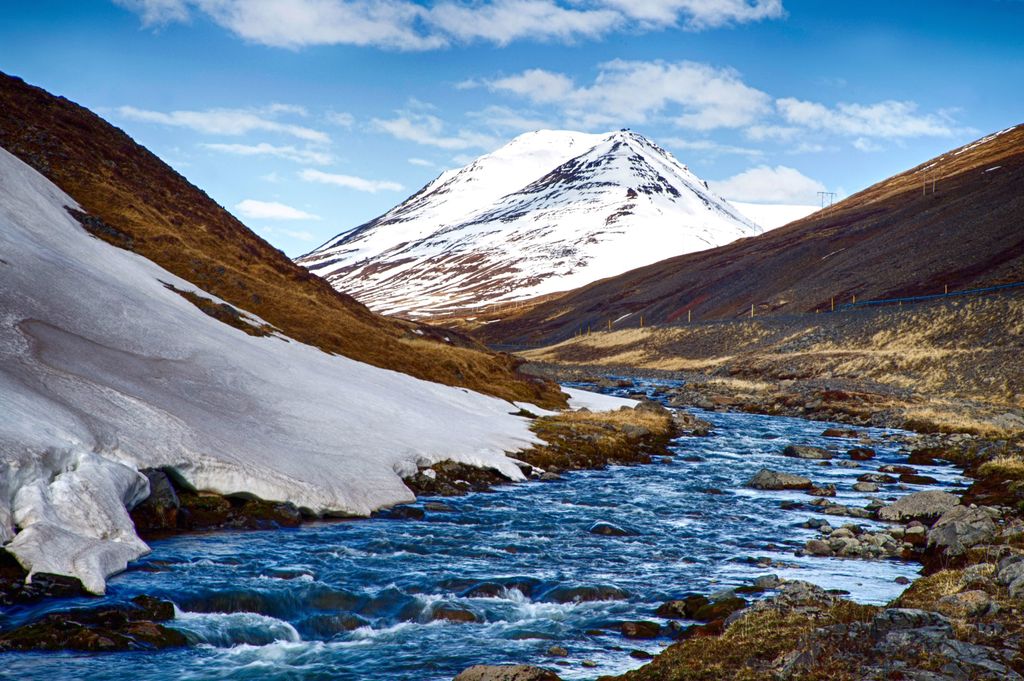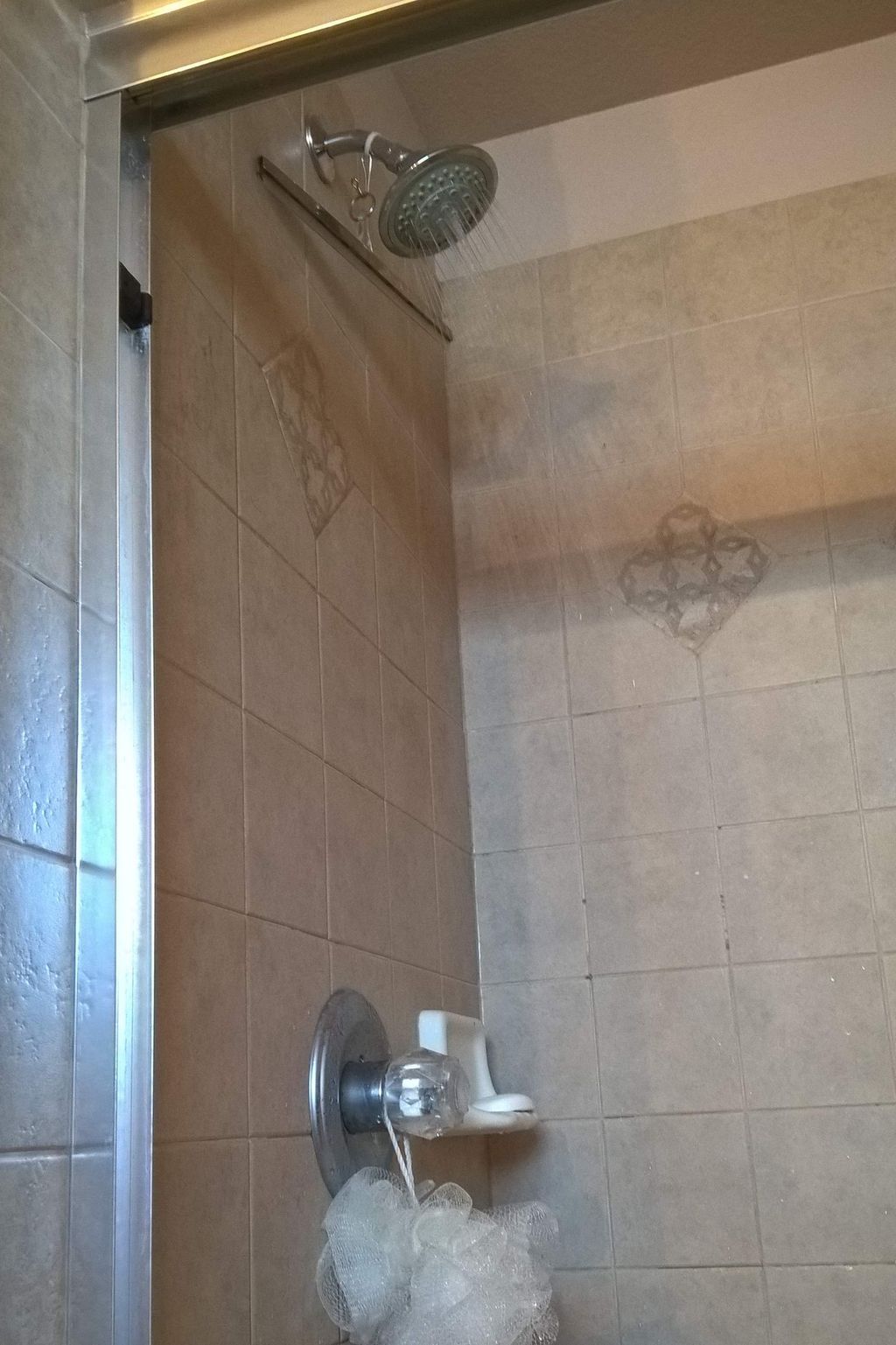
Improving Mental Health with Cold Water Therapy
The Science Behind Cold Water Therapy

Understanding the Impact on Mental Health
Cold water therapy, also known as cold water immersion, has a profound impact on mental health. Research has shown that exposure to cold water can stimulate the release of endorphins and norepinephrine, which are neurotransmitters associated with improved mood and reduced stress. Additionally, cold water therapy has been found to enhance the body's ability to regulate stress and anxiety, leading to a greater sense of calm and well-being.
Studies have demonstrated that cold water immersion can significantly decrease levels of cortisol, the stress hormone, in the body. This reduction in cortisol levels is linked to a decrease in symptoms of anxiety and depression. Furthermore, the invigorating effect of cold water on the skin and body can promote a sense of alertness and mental clarity, making it an effective tool for managing mental health challenges.
For a more detailed understanding of the impact of cold water therapy on mental health, refer to the following table:
| Effect | Description |
|---|---|
| Mood Enhancement | Cold water immersion can lead to an immediate improvement in mood and emotional well-being. |
| Stress Reduction | Exposure to cold water has been shown to reduce stress levels and promote relaxation. |
| Anxiety Management | Cold water therapy can help alleviate symptoms of anxiety and provide a sense of calm and tranquility. |
Incorporating cold water therapy into your routine can be a transformative experience. As you explore the physiological and mental benefits, remember to start gradually and prioritize safety. It's important to acclimate your body to the cold water and establish a comfortable environment to maximize the positive effects.
Exploring the Physiological Effects
Understanding the impact of cold water therapy on mental health is crucial for its effective implementation. The physiological effects of cold water immersion include vasoconstriction, increased heart rate, and the release of endorphins. These responses contribute to the overall mental health benefits of cold water therapy. Vasoconstriction is a key process that helps reduce inflammation and improve circulation, while the release of endorphins promotes a sense of well-being and relaxation. These physiological changes play a significant role in the positive impact of cold water therapy on mental health.
| Physiological Effect | Description |
|---|---|
| Vasoconstriction | Reduces inflammation and improves circulation |
| Increased Heart Rate | Enhances blood flow and cardiovascular function |
| Endorphin Release | Promotes feelings of well-being and relaxation |
Tip: Gradually acclimate your body to cold water therapy to minimize the shock and maximize the benefits.
Getting Started with Cold Water Therapy

Choosing the Right Water Temperature
When it comes to choosing the right water temperature for cold water therapy, it's important to find a balance that works for you. Some people prefer slightly cooler temperatures, around 50-60°F, while others find colder temperatures, around 40-50°F, to be more invigorating. It's all about finding what feels comfortable for you.
If you're looking for a quick reference, here's a simple guide to water temperatures and their effects:
| Water Temperature (°F) | Effect |
|---|---|
| 50-60 | Refreshing and awakening |
| 40-50 | Energizing and invigorating |
Remember, the key is to listen to your body and gradually adjust to colder temperatures if you choose to do so. Pushing yourself too hard too quickly can be counterproductive.
Tip: Start with a temperature that feels slightly cool and gradually work your way to colder temperatures as you become more accustomed to the therapy. This gradual approach can help you ease into the practice without overwhelming your body.
Safety Precautions to Keep in Mind
When starting cold water therapy, it's important to gradually acclimate your body to the lower temperatures. This can help prevent shock and ensure a safer experience. Additionally, always have a timer or clock nearby to monitor your exposure time. Here's a simple table to guide you:
| Exposure Time | Water Temperature |
|---|---|
| 1-2 minutes | 50-60°F |
| 3-5 minutes | 45-55°F |
| 6-10 minutes | 40-50°F |
Remember, safety comes first, so listen to your body and never push yourself too far. Stay safe and enjoy the benefits!
Incorporating Cold Water Therapy into Your Routine

Creating a Comfortable Environment
When incorporating cold water therapy into your routine, it's essential to create a cozy and inviting environment. This can help ease any initial discomfort and make the experience more enjoyable. Consider adding soft lighting, calming music, and comfortable seating to your cold water space.
For a quick reference, here's a simple table to guide you on creating a comfortable environment:
| Element | Description |
|---|---|
| Lighting | Soft, warm lighting |
| Music | Calming, soothing tunes |
| Seating | Comfortable, supportive chairs |
Remember, the goal is to make your cold water therapy experience as pleasant as possible, so feel free to personalize your environment to suit your preferences.
Tip: Adding a few drops of essential oils to the water or using scented candles can also enhance the overall ambiance and relaxation during your cold water sessions.
Tips for Gradual Adaptation
When it comes to gradual adaptation to cold water therapy, it's important to listen to your body and take it slow. Start with shorter exposure times and gradually increase as you become more comfortable. Remember, the goal is to challenge yourself while still feeling safe and in control.
Here are a few tips to help you ease into cold water therapy:
- Start with a quick cold shower at the end of your regular shower routine.
- Focus on your breathing and try to relax your muscles while in the cold water.
- Use positive affirmations to shift your mindset and embrace the invigorating experience.
Remember, the key is to find a balance between pushing your limits and respecting your body's signals. Take it one step at a time and celebrate your progress along the way.
Maximizing the Benefits of Cold Water Therapy

Enhancing Mental Clarity and Focus
After experiencing the invigorating effects of cold water therapy, many individuals report a noticeable improvement in mental clarity and focus. The refreshing shock of cold water stimulates the mind and sharpens concentration, making it an ideal practice for enhancing productivity and mental acuity.
For those seeking to maximize the cognitive benefits, consider incorporating a daily cold water immersion routine. Start with brief exposures and gradually increase the duration to build tolerance and reap the full rewards.
Tips for Maximizing Mental Clarity and Focus:
- Practice deep breathing techniques during cold water immersion to enhance mental focus.
- Engage in mindfulness exercises to center the mind and optimize cognitive function.
- Maintain a positive mindset and embrace the invigorating sensation of cold water for mental rejuvenation.
Boosting Mood and Emotional Well-being
When it comes to boosting mood and emotional well-being, consistency is key. Make sure to incorporate cold water therapy into your routine on a regular basis to experience the full benefits. Whether it's a quick cold shower in the morning or a refreshing dip in a cold body of water, find what works for you and stick to it.
- For a quick mood boost, try a 3-minute cold shower in the morning.
- To enhance emotional well-being, consider incorporating cold water immersion into your weekly self-care routine.
Tip: Experiment with different cold water exposure times and temperatures to find the right balance for your mental health needs.


